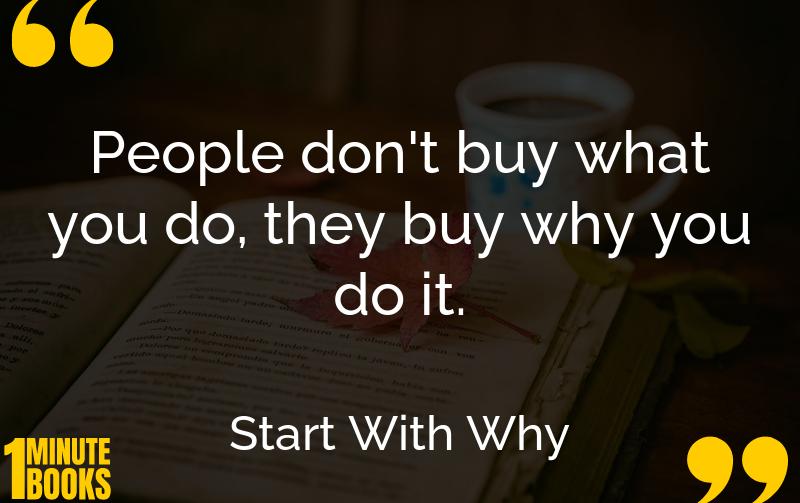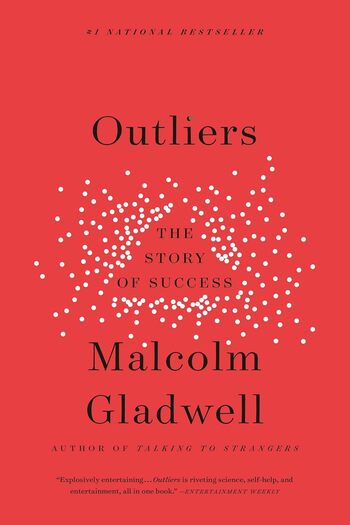
Start With Why by Simon Sinek emphasizes the importance of discovering and articulating the ‘why’ in any venture to inspire action and drive success.
Main Lessons
- The ‘Golden Circle’ concept illustrates starting with ‘why’ to inspire and engage people.
- Knowing your ‘why’ creates clarity and focus, enhancing decision-making and direction.
- Great leaders and organizations begin with a clear sense of purpose that resonates with others.
- Communicating your ‘why’ helps build strong, emotional connections with others.
- ‘Why’ inspires trust and loyalty, an integral part of long-term success.
- Understanding your ‘why’ fuels motivation and commitment to your goals.
- People are driven by emotions and values rather than rational features or technical details.
- Innovation and creativity thrive when guided by a clear ‘why’.
- Leaders should communicate from the inside out, starting with ‘why’ to then explain ‘how’ and ‘what’.
- The absence of a ‘why’ can lead to ambiguity and disengagement from employees or customers.
- Aligning personal motivations with organizational goals through ‘why’ can enhance productivity and satisfaction.
- ‘Why’ creates a sustainable foundation for growth, beyond external forces or market changes.
- Focus on ‘why’ sets the basis for differentiation and competitive advantage.
- Leadership and actions rooted in ‘why’ inspire others to follow and believe in your cause.
- A strong ‘why’ aligns teams, fostering unity and coherent direction.








